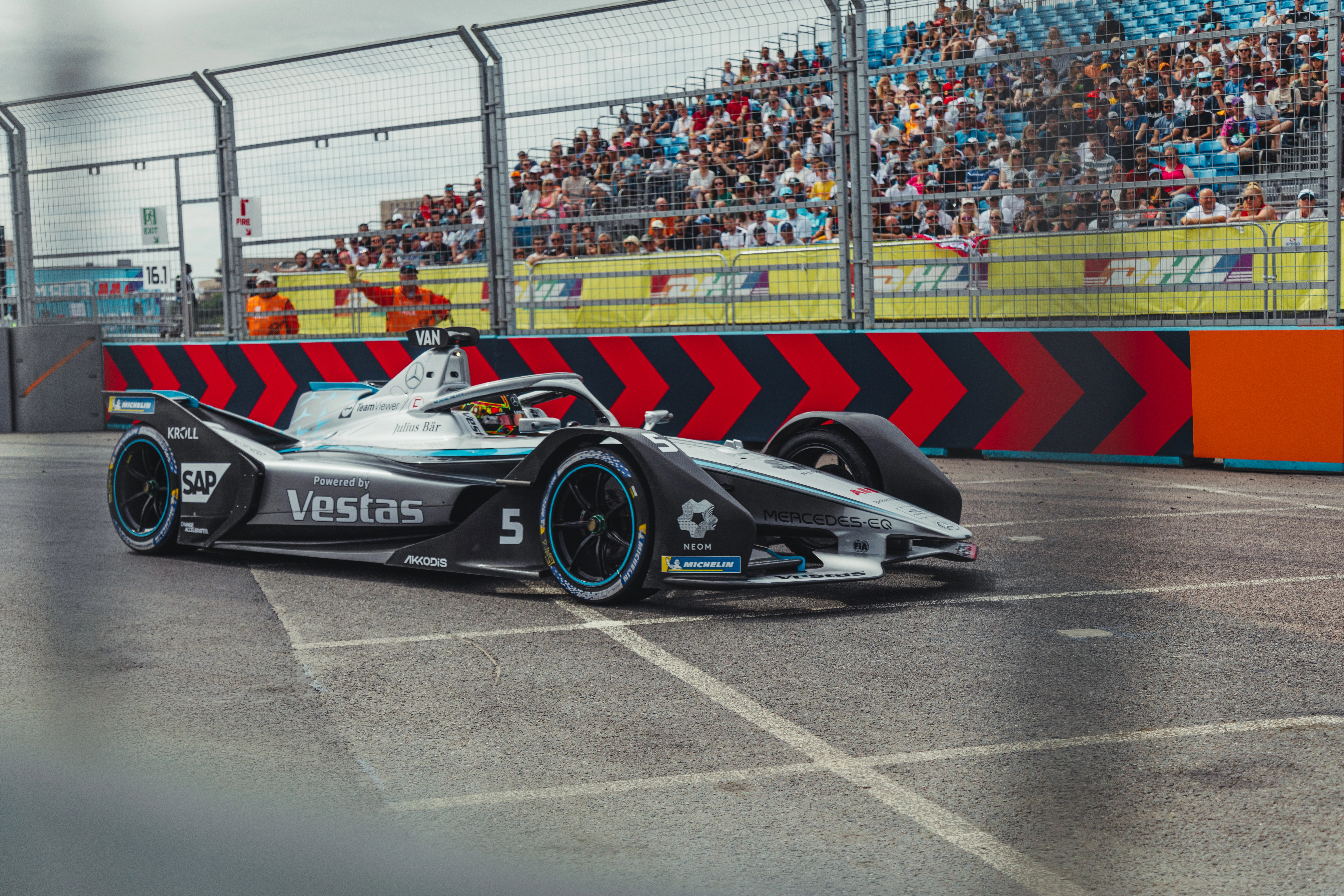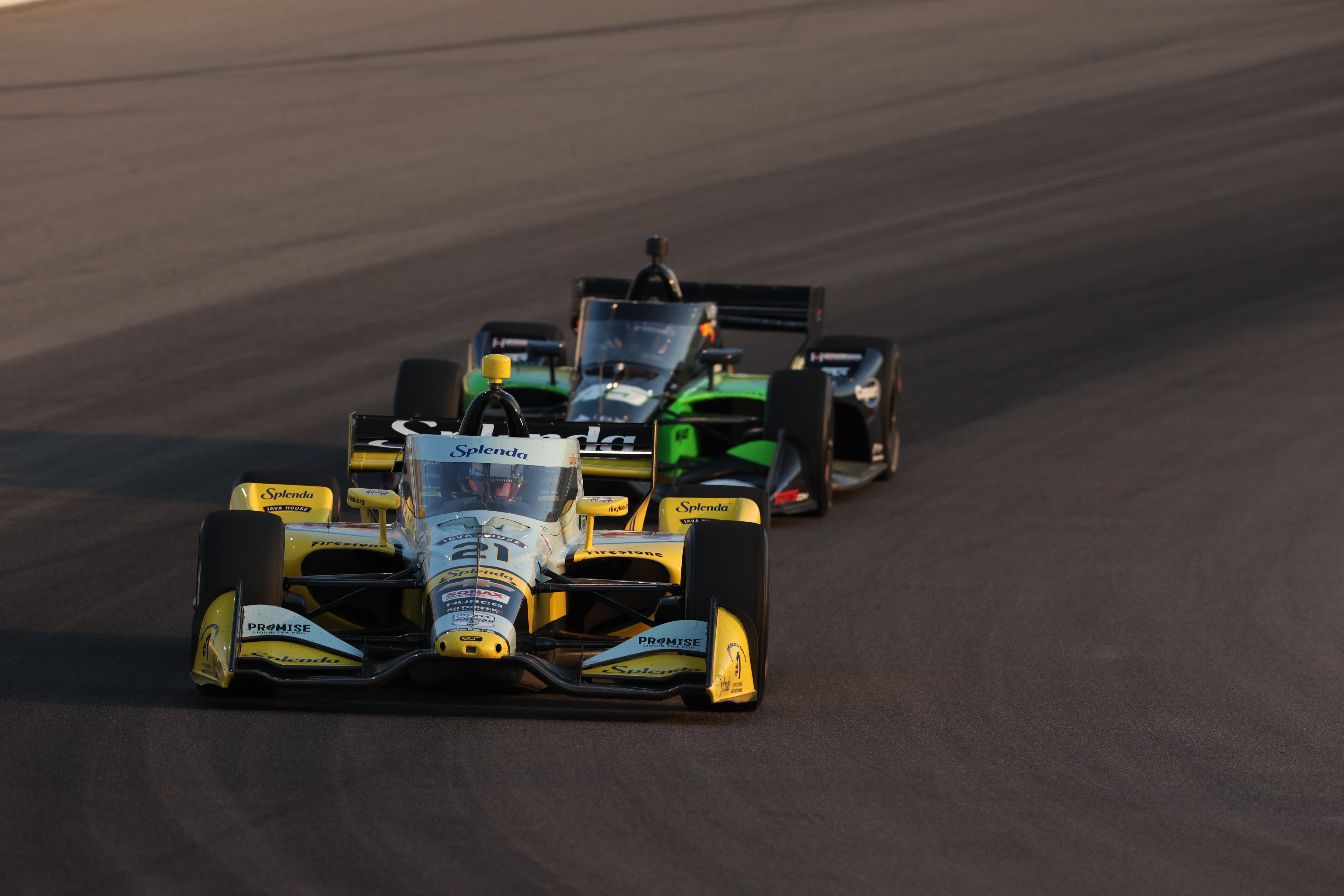Formula One-Stop: Is Limited Strategy to Blame for F1’s Boring Start to 2023? Opinion
- DIVEBOMB Motorsport
- May 21, 2023
- 5 min read
Written by Lewis Rundle, Edited by Sean McKean

It’s fair to say that the start of the 2023 Formula One season has not been the blockbuster we were hoping for. In the past I would be devastated to see a grand prix called off, but after Imola’s cancellation due to safety concerns following flooding in the region, I feel like I’ve been saved from another snoozefest of a weekend. I’m being flippant, and of course extend my sympathies to the people of the Emilia-Romagna region, but it’s a sad indictment of the current position of Formula One that I’m content to see my favourite sport not go ahead.
You might’ve noticed that there’s been a flurry of content from your favourite creators, titled “Solving F1’s biggest problems”, or some derivation of that. Well, I’m going to add to the pile, and present some evidence to back it up.
The current problem with Formula One is the lack of strategy options available for the weekend. It’s not a particularly novel take, and plenty of people have voiced it before, but here’s my opinion on why the problem exists and how it should be fixed.
Currently, F1 teams have a mandatory pitstop baked into their race plans by virtue of clause 30.5n in the Sporting Code. There are times when no stops are permitted, such as during a race that’s been declared ‘wet,’ but in most cases teams will aim to only complete the minimum amount of stops allowed because that tends to be the quickest option available. Typically, a pit stop will cost around 20-25s, so a new tyre must claim back more time than the pit stop added in racetime.
Due to the current construction of Pirelli tyres, it seems that there isn’t enough of a pace differential between compounds and tyre age for a new set to be worth the time lost through pitting, and so teams are sticking to their boring one-stop strategies.
So far, we’ve had five races in 2023, and three have been one-stoppers. Australia would have been without the late red flags, so we can call it four with an asterisk. It’s likely that Imola would have met the same single-stop fate given the pitlane is the longest of the season. The only true two-stopper was Bahrain, and in my opinion, that’s been the best race of the year. So, is there a correlation between the number of pit stops and quality of the race?
I looked at the last 50 races, from the 2020 Abu Dhabi GP up to 2023 Miami, and gathered data on the number of stops made by the race winner and compared it to the rating fans gave via RaceFans.net. The results were conclusive but not that surprising.
The average fan rating of one-stoppers was just 5.49 out of 10, compared to the multi-stop race average of 7.11. The average rating across all 50 races was 6.46. Clearly, multi-stop races more consistently produced above average quality races, and the one-stop races were regularly below average.

Interestingly, the highest ranked races on average had three stops made, with six races producing an average of 7.36. The lowest ranked race of the 50 was Belgium 2021, for obvious reasons, and this had 0 stops (because there was only one lap…eek). In normal conditions, Abu Dhabi 2020 was the worst of the bunch, rated 3.27 and, who’d have guessed, only one stop.
There are plenty of reasons why races have multiple stops, such as safety cars, changeable weather and outright degradation, but the overall effect is a better race for fans. Not all these variables can be controlled, but in cases where degradation defined strategy, the race quality was significantly higher.
Take France 2021 for example, in which Max Verstappen won through a contrary 2-stop which allowed him to overtake Lewis Hamilton on the penultimate lap of the race. There were no mitigating factors like a safety car or weather to assist this strategy call. It was simply racing in its purest form, and fans loved it, rating the grand prix as a 8.3 out of 10. This is vastly different to the most recent iteration of the French Grand Prix, which dropped to a 6.3 rating after just one stop being made by Max Verstappen on his way to victory.
More stops is not a guaranteed indicator of better racing spectacle, evidenced by the Dutch Grand’s four stops with a rating of just 6.93. Potentially the sweet spot is 2 or 3 tyre changes per race, and Pirelli should - perhaps - aim to make it marginal between these two strategy paths.
This next comparison might make some fans squirm, but let’s take a look at what IndyCar is doing. Firestone provides just two compounds and both must be used in each event. In F1’s first five races this year, the average pit-stop count is 1.4, compared to Indycar’s 3.4 (including the Texas Oval), or 2.75 when looking at just road courses. The general sentiment is that this season of Indycar has been significantly better than F1’s offering, with five different winners in five races, and a thrilling championship battle developing between possibly eight drivers. Is this all down to tyres? Not at all. Is it difficult to imagine an Indycar race with just one-stop? Absolutely.
So what’s the solution? There are two schools of thought on the matter.
The first is the “free market approach”, which would leave it to the teams to decide which strategy they would like to adopt, but have Pirelli create compounds that degrade in ways that allows for more freedom in strategy. The second is to have the FIA change the 30.5 clause in the Sporting Regulations from ‘one’ to ‘two’ mandatory stops. This would hard-code two stops into strategy plans.
My issue with the latter plan is that every single race without external forces would become a two stop with the tyres in their current state, and we’d likely see similar strategies every race. I don’t believe this would fix the issue. My preferred solution would be to change the regulation so that every compound must be used each race.
I’d also like to see a rule which means Pirelli can’t take three adjacent tyre compounds to each race. For example, Pirelli selected the C2-3-4 from its range for Miami. What if they had brought the C2 and C3, but threw in the C5 instead? Combined with the all-compound rule, I foresee a race that would’ve been spiced up by teams strategically choosing when to run their ultra quick, but short, stint. Do you take it first in order to cut through the crowd early on, in the middle to undercut those around you, or late on to make the most of the low fuel load? The strategic intrigue is tantalising!
There’s a lot of finger-pointing going around at the moment. The new technical regulations have received a lot of the blame for the boring races, despite the intention for them to be part of the solution. Whilst the new regs have their flaws, the field spread has arguably never been closer, and the cars are able to follow much closer. There’s a chance that the compact nature of the field has actually caused the lack of overtaking, but that's a discussion for another time. What’s clear is that the tyres have far too much longevity to be suitable for Formula One, and the homogeneity of strategies is suffocating the excitement of the races.
All in all, Formula One is throwing all sorts of excrement at walls in an attempt to find something that sticks. We’ve had a new sprint format, the scrapping of the Q2 tyre rule, a new qualifying format was set to be brought in for Imola, and there’s all sorts of rumours regarding upcoming changes. So why not test some of these fan theories, Mr. Domenicali? It can’t be any worse than mandatory qualifying tyres.











Comments